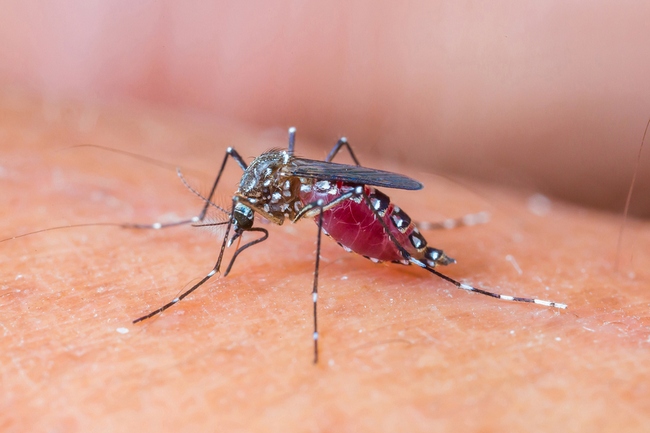- Make It Yourself Lavender Heart-Shaped Bath Bombs!
- 20 Things You Never Knew About “Down There”
- 12 Best Foods For Those Suffering From Arthritis Pain
- 12 Personal Hygiene Mistakes Almost Everyone Makes (Mom Never Told You About #4!)
- 15 Medicinal Plants And Herbs From The Cherokee People
- 12 Mind-Blowing Benefits Of Drinking Coconut Water During Pregnancy
- 12 Outstanding Winter Foods That Won’t Fatten You Up Like A Christmas Turkey
10 Facts You Must Know About The New Zika Virus

Photo credit: bigstock.com
7. All Cases in the US are Travel-Related
As of today’s writing, all cases of Zika have occurred as a result of infected persons traveling to high risk areas. The very first travel related case of Zika in the US was in 2007. Between 2007 and 2015, there have been a total of 22 cases of Zika confirmed in the US. All have occurred as a result of travel.
8. Don’t Expect Infected Mosquitoes to Come Back with Travelers
It is very unlikely that infected mosquitoes could “piggyback” with travelers and make their way to the U.S. Mosquitoes are relatively fragile and, thankfully, don’t “travel” very well. It’s also unlikely as only a fraction of the total mosquito population in the world are infected with Zika so the chances that someone could somehow bring back an infected mosquito unknowingly is very slim. However, the chances that an infected person could spread this virus by being bitten once they are back home in America is a very real possibility.
9. Avoid Infection by Avoiding Mosquitoes
Wear long sleeved clothing and spray exposed skin with lemon eucalyptus oil. Avoid going outside during dawn and dusk when mosquitoes are most active. Put a mosquito net over your bed, keep windows closed, and be sure that all window screens are in good repair.
READ ALSO: Bloodsuckers Spreading a New Deadly Virus in the U.S.
10. Mosquito Control Can Prevent Zika
Preventing mosquitoes from breeding is one way to prevent the spread of this virus, and other mosquito borne illnesses. Dump any source of standing water such as plant containers, buckets, and puddles of standing water, such as dog water bowls. Other areas of standing water that cannot be dumped, such as ponds, can be filled with fish that eat mosquito larvae, such as goldfish, koi, guppies, and mosquito fish.
References:
































